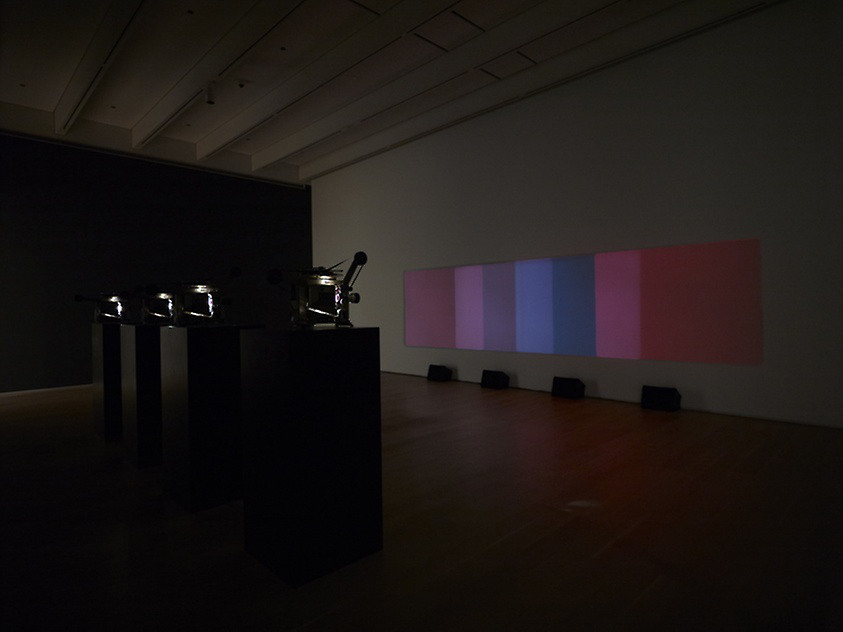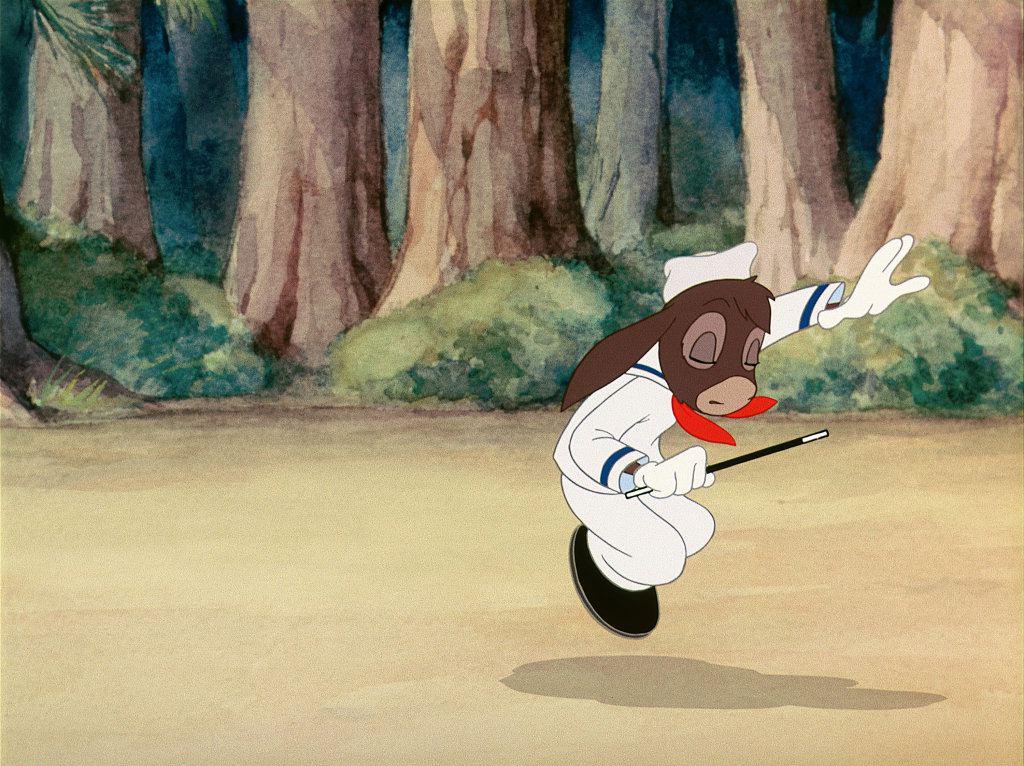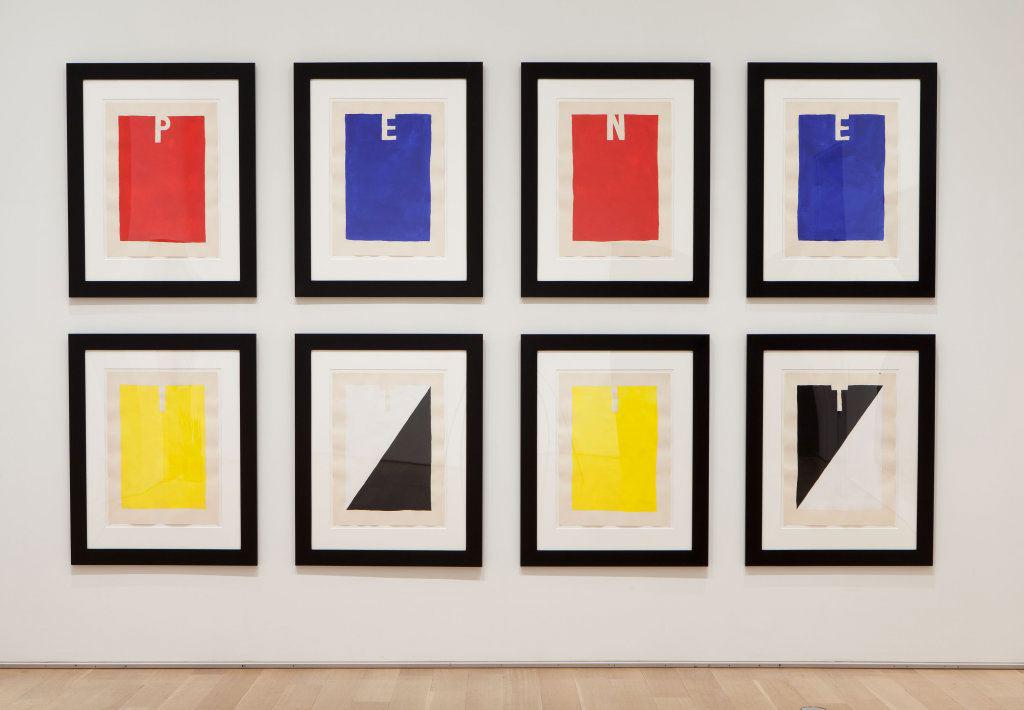Following on intense, in-depth studies of historic media, the filmmaker Mathias Poledna creates original works using production methods from the era in question. These works both honor and interrogate what he calls “fragments of twentieth-century culture,” such as an obscure song by the singer-songwriter Harry Nilsson, 1960s ethnographic films, Depression-era Hollywood musicals, and other historically specific examples of pop-cultural communication, entertainment, or expression. Using period recording devices as well as period tropes and imagery, Poledna taps into our collective memory while questioning the truth of nostalgic response.
The animated work Imitation of Life conflates past and present by using outdated production techniques in a contemporary context. Through a laborious process, Poledna produced 5,000 handmade sketches, layouts, animation drawings, watercolor backgrounds, and ink-rendered animation cells in order to create this three-minute film. He collaborated with members of the original Walt Disney animation team to design the cartoon, which stars an exuberant singing and dancing donkey in a fairy-tale forest and channels the early-20th-century animations of the so-called Golden Age of animation. Poledna also rearranged and re-recorded the 1935 song “I’ve Got a Feelin’ You’re Foolin’” with a full orchestra for the film’s soundtrack. Poledna’s painstakingly finished work is entirely convincing as an animation from the 1930s, yet the sense of nostalgia it induces is fundamentally and powerfully artificial.


